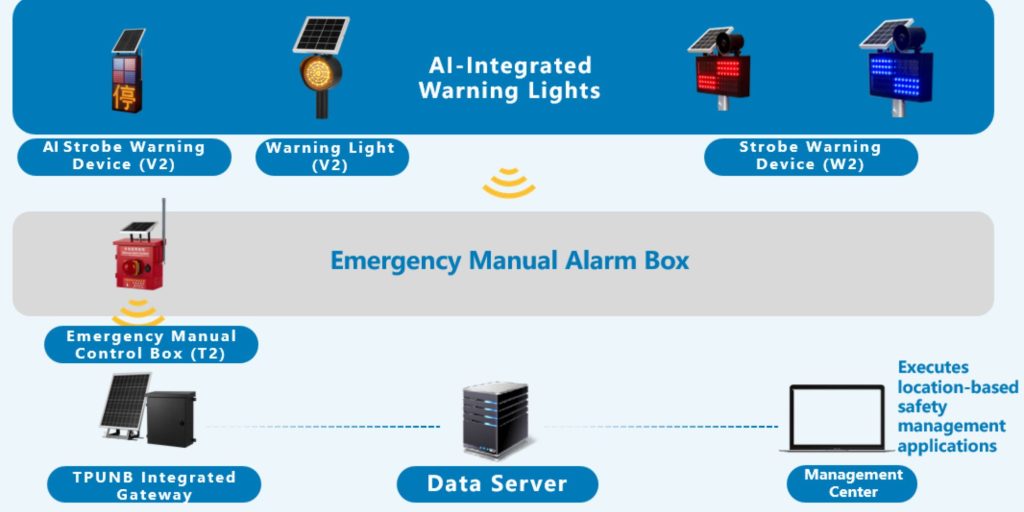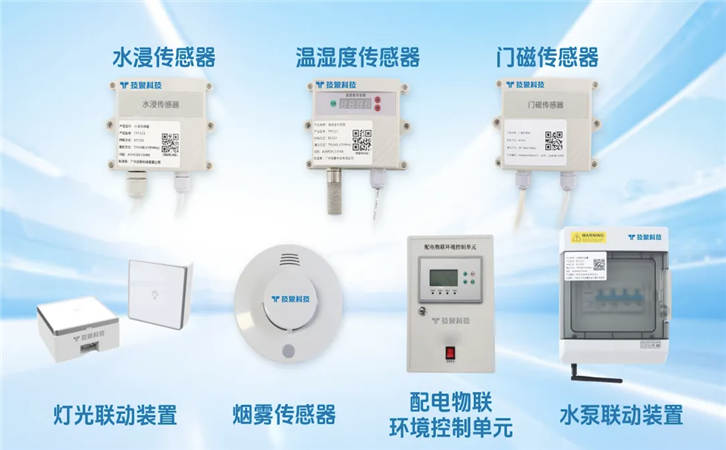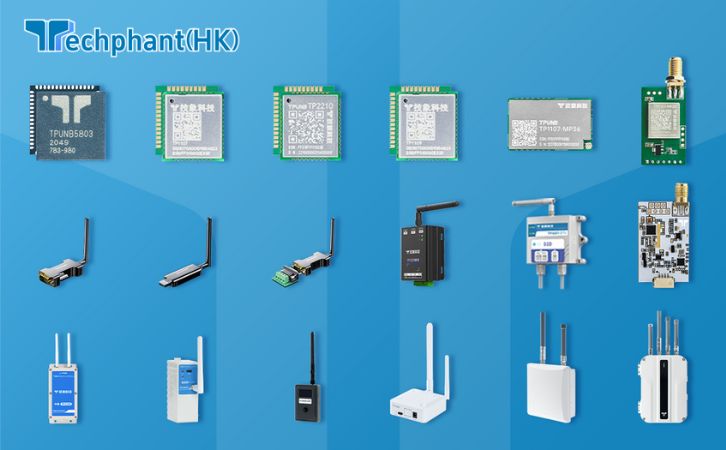I. Introduction
Highways are the arteries of modern transportation, facilitating the movement of millions of vehicles daily across vast distances. However, with this high volume of traffic comes significant safety challenges. According to the World Health Organization, road traffic injuries claim approximately 1.3 million lives annually, with highways often being the site of severe accidents due to high speeds, dense traffic, and unpredictable conditions. These incidents range from collisions and vehicle breakdowns to natural hazards like fog or ice, all of which can escalate rapidly without prompt intervention. The complexity of highway environments—where drivers may be traveling at speeds exceeding 70 miles per hour, often in close proximity to other vehicles—amplifies the risk and leaves little margin for error.
Timely emergency warnings are critical to mitigating these dangers. When drivers are alerted to hazards such as a stalled vehicle, a sudden traffic jam, or adverse weather conditions, they can take proactive measures, such as slowing down, changing lanes, or rerouting. However, the absence of immediate, accurate, and accessible warnings often leaves drivers unprepared, increasing the likelihood of collisions or secondary accidents. For instance, a single unreported obstacle on a highway can trigger a chain reaction of crashes, as seen in multi-vehicle pileups that frequently make headlines. The need for rapid communication is further underscored by the fact that emergency response times can be delayed on highways, particularly in rural or remote areas where help is farther away.
A dedicated highway emergency warning solution addresses these issues by providing real-time, targeted alerts to drivers, enabling them to make informed decisions before encountering a hazard. Unlike traditional methods like radio broadcasts or static road signs, modern solutions leverage technologies such as GPS, mobile apps, and vehicle-to-vehicle communication to deliver precise, location-specific warnings. These systems can integrate with existing navigation tools, ensuring that drivers receive alerts seamlessly without distraction. By bridging the gap between the occurrence of a highway emergency and the driver’s awareness of it, such solutions have the potential to significantly enhance safety, reduce accident rates, and save lives.
II. The Risks of Highway Incidents
Highway incidents pose a significant threat to driver safety, with alarming statistics underscoring the urgency of addressing these risks. According to the National Highway Traffic Safety Administration (NHTSA), approximately 6.7 million motor vehicle crashes occurred in the United States in 2022, with highways accounting for a disproportionate share of fatal accidents due to high speeds and heavy traffic volumes. In 2021, the NHTSA reported over 42,000 traffic fatalities nationwide, with nearly 30% of these occurring on highways. Globally, the World Health Organization estimates that road traffic injuries are the leading cause of death for people aged 5–29, with highways often being the site of high-impact collisions that result in severe injuries or fatalities.
The causes of highway emergencies are varied and often unpredictable. Collisions, which may stem from driver error, distracted driving, or mechanical failures, are among the most common incidents. For example, a rear-end collision caused by sudden braking can escalate into a multi-vehicle crash in dense traffic. Road hazards, such as debris, potholes, or spilled cargo, also contribute significantly to accidents, as drivers may swerve or lose control when encountering unexpected obstacles. Weather conditions further exacerbate these risks; heavy rain, fog, snow, or black ice can reduce visibility and traction, making highways treacherous. For instance, a 2021 study by the Federal Highway Administration noted that weather-related crashes account for approximately 21% of all vehicle accidents in the U.S., with highways being particularly vulnerable due to higher speeds and longer stopping distances.
The consequences of delayed or inadequate warnings in these scenarios are dire. Without timely alerts, drivers may approach hazards at full speed, leaving little time to react. This is particularly critical in situations like secondary crashes, where a primary incident—such as a stalled vehicle—leads to subsequent collisions because approaching drivers were not warned. A 2020 report by the AAA Foundation for Traffic Safety found that secondary crashes account for up to 18% of highway fatalities in some regions, often because warning systems failed to reach drivers in time. In rural areas, where emergency services may take longer to respond, the lack of immediate warnings can delay critical interventions, increasing the severity of injuries or the likelihood of fatalities. Moreover, inadequate warnings can exacerbate traffic congestion, creating ripple effects that lead to further accidents or delays in emergency response. These risks highlight the urgent need for a robust warning system to ensure drivers are informed promptly and effectively.
III. Limitations of Current Warning Systems
Current highway warning systems rely on a patchwork of methods, including road signs, radio alerts, mobile apps, and traffic management centers, but these approaches often fall short in addressing the dynamic nature of highway emergencies. Variable message signs (VMS), commonly seen on highways, provide visual alerts about road conditions, accidents, or construction zones. However, these signs are static in their placement and limited in their ability to convey real-time, location-specific information to all drivers. Radio broadcasts, another traditional method, offer traffic updates but require drivers to be tuned into the correct station at the right time, which is impractical for many, especially on long-distance trips. Mobile apps like Waze or Google Maps have introduced crowd-sourced and real-time traffic alerts, but their effectiveness depends on user participation, internet connectivity, and the driver’s willingness to engage with the app while driving, which can itself pose a distraction risk.
These systems face several critical challenges, including delayed information, limited reach, and a lack of real-time updates. For instance, VMS updates often lag behind actual road conditions, as they rely on manual inputs from traffic management centers that may not receive immediate reports of incidents. A 2019 study by the Transportation Research Board found that delays in updating VMS could range from 10 to 30 minutes, a critical window during which accidents can occur. Radio alerts suffer from similar delays and are often too generalized, lacking the specificity needed for drivers to act on imminent hazards. Mobile apps, while more advanced, are not universally adopted, and their alerts may not reach drivers in areas with poor cellular coverage, such as rural highways. Furthermore, none of these systems are fully integrated with vehicle dashboards or navigation systems, requiring drivers to divert their attention from the road to process information, which can compromise safety.
Examples of inefficiencies in current systems abound. In a 2023 multi-vehicle crash on a major U.S. highway, fog-related visibility issues led to a pileup involving over 20 vehicles. Post-incident analysis revealed that nearby VMS displayed outdated information, and radio alerts were broadcast too late to warn approaching drivers. Similarly, in rural areas, where mobile app usage is lower and cell service is spotty, drivers often receive no warning of hazards like debris or stalled vehicles until they are dangerously close. These inefficiencies highlight a systemic gap: current warning systems are not designed to deliver immediate, widespread, and precise alerts, leaving drivers vulnerable to preventable accidents.
IV. Benefits of a Dedicated Highway Emergency Warning Solution
A dedicated highway emergency warning solution addresses the shortcomings of existing systems by leveraging advanced technologies to deliver real-time, targeted alerts. An ideal solution would include features such as GPS-based location tracking, integration with in-vehicle navigation systems, and compatibility with vehicle-to-vehicle (V2V) and vehicle-to-infrastructure (V2I) communication protocols. These systems could send alerts directly to a driver’s dashboard or smartphone, providing audio or visual notifications about specific hazards, such as a collision one mile ahead or sudden ice formation on a bridge. Wide coverage would ensure that alerts reach all drivers in a given area, regardless of their device or connectivity status, through a combination of cellular networks, satellite communication, and roadside infrastructure. Additionally, artificial intelligence could analyze traffic patterns and incident reports to predict and prioritize warnings, ensuring maximum relevance and timeliness.
Such a solution significantly improves driver safety and reduces response times. By delivering alerts within seconds of an incident, drivers can slow down, change lanes, or exit the highway before encountering a hazard, reducing the likelihood of collisions. For example, V2V communication could enable a stalled vehicle to broadcast its location to nearby cars, preventing rear-end crashes. Integration with navigation systems ensures that alerts are seamless and non-distracting, allowing drivers to focus on the road. Emergency responders also benefit, as real-time data from the warning system can pinpoint incident locations, shaving critical minutes off response times. A 2022 study by the National Institute of Standards and Technology estimated that real-time warning systems could reduce highway crash response times by up to 20%, directly improving outcomes for injured parties.
The potential to save lives and reduce accident severity is substantial. By preventing secondary crashes and enabling faster emergency responses, a dedicated warning solution could lower the 18% of highway fatalities attributed to secondary incidents, as noted by the AAA Foundation. In weather-related crashes, which account for 21% of U.S. vehicle accidents, timely warnings about fog, ice, or heavy rain could prevent drivers from entering hazardous zones at unsafe speeds. Furthermore, by reducing the frequency and severity of crashes, these systems could alleviate the economic burden of highway accidents, which the NHTSA estimates cost the U.S. over $340 billion annually in medical expenses, property damage, and lost productivity. Ultimately, a dedicated highway emergency warning solution represents a transformative step toward safer roads, harnessing technology to protect drivers and save lives.
V. Conclusion
Highway safety remains a pressing global concern, with millions of crashes and thousands of fatalities each year underscoring the need for innovative solutions. The risks posed by collisions, road hazards, and adverse weather conditions are compounded by the limitations of current warning systems, which often fail to deliver timely, precise, and accessible alerts. A dedicated highway emergency warning solution offers a powerful remedy, leveraging cutting-edge technologies to provide real-time, targeted notifications that empower drivers to avoid dangers and enable faster emergency responses. By addressing the systemic gaps in existing systems, such a solution promises to reduce accident rates, save lives, and alleviate the immense human and economic toll of highway incidents. As technology continues to evolve, investing in and implementing these advanced warning systems is not just an opportunity but a necessity to ensure safer highways for all.



